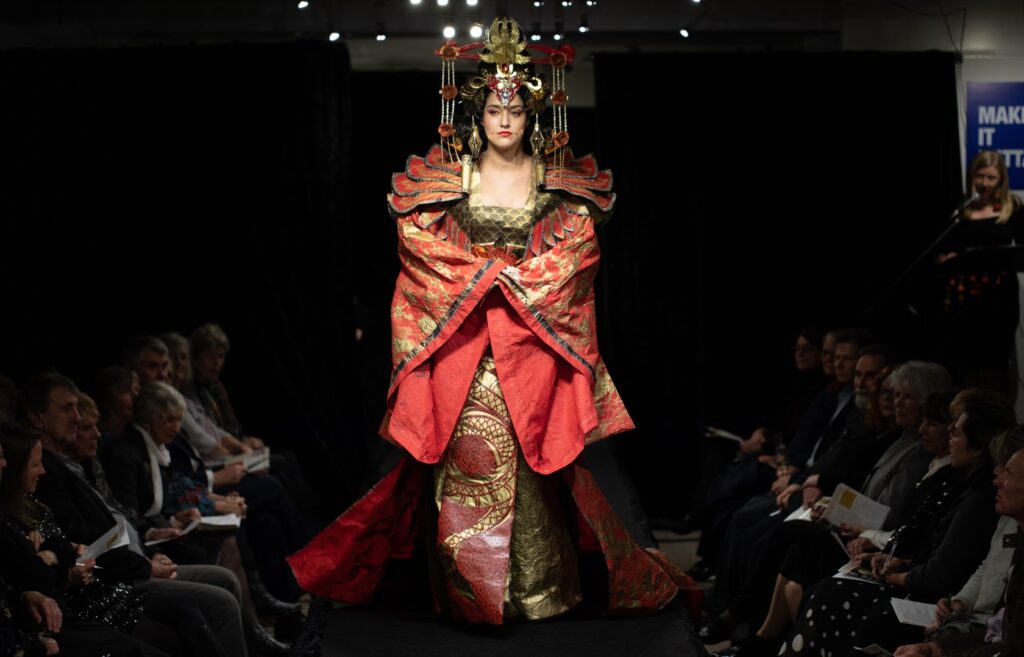As part of the Regional Arts and Social Impact research project, the RAASI team are developing case studies which highlight the ways rural, regional and remote communities embrace art, culture and creativity to support social, cultural and economic outcomes.
The following two case studies – Paper on Skin and Artesian Originals – showcase community-led initiatives from each of our project research sites (northwest Tasmania and central western Queensland). They highlight the creativity and innovation of these communities, our project partners, and research participants.

The case study from northwest Tasmania, Paper on Skin, reflects this region’s creativity and innovation. It highlights the value of place-based art, culture and creativity in supporting communities to survive and thrive amid socio-economic change. Paper on Skin has contributed to evolving northwest Tasmania’s identity and self-image while having national and international relevance and appeal. Over the years its growth and prestige has helped advance northwest Tasmania’s national reputation as a site of culture and innovation. Download the Paper on Skin case study here (PDF, 2MB).

The case study from central western Queensland examines two social enterprise initiatives – Artesian Originals and the Shop of Opportunity – which mobilise the creativity of community members to enhance individual and collective wellbeing. Located in the remote town of Barcaldine, Artesian Originals and ‘Shopportunity’ are explicit responses to the effects of social isolation and loneliness. They represent innovative efforts to address limitations in mental health and community support service provision within the Barcaldine Regional Council area. Together they demonstrate the value of art, culture and creativity for providing accessible and inclusive avenues for participation in community life. Download the Artesian Originals and Shopportunity case study here (PDF, 4MB).